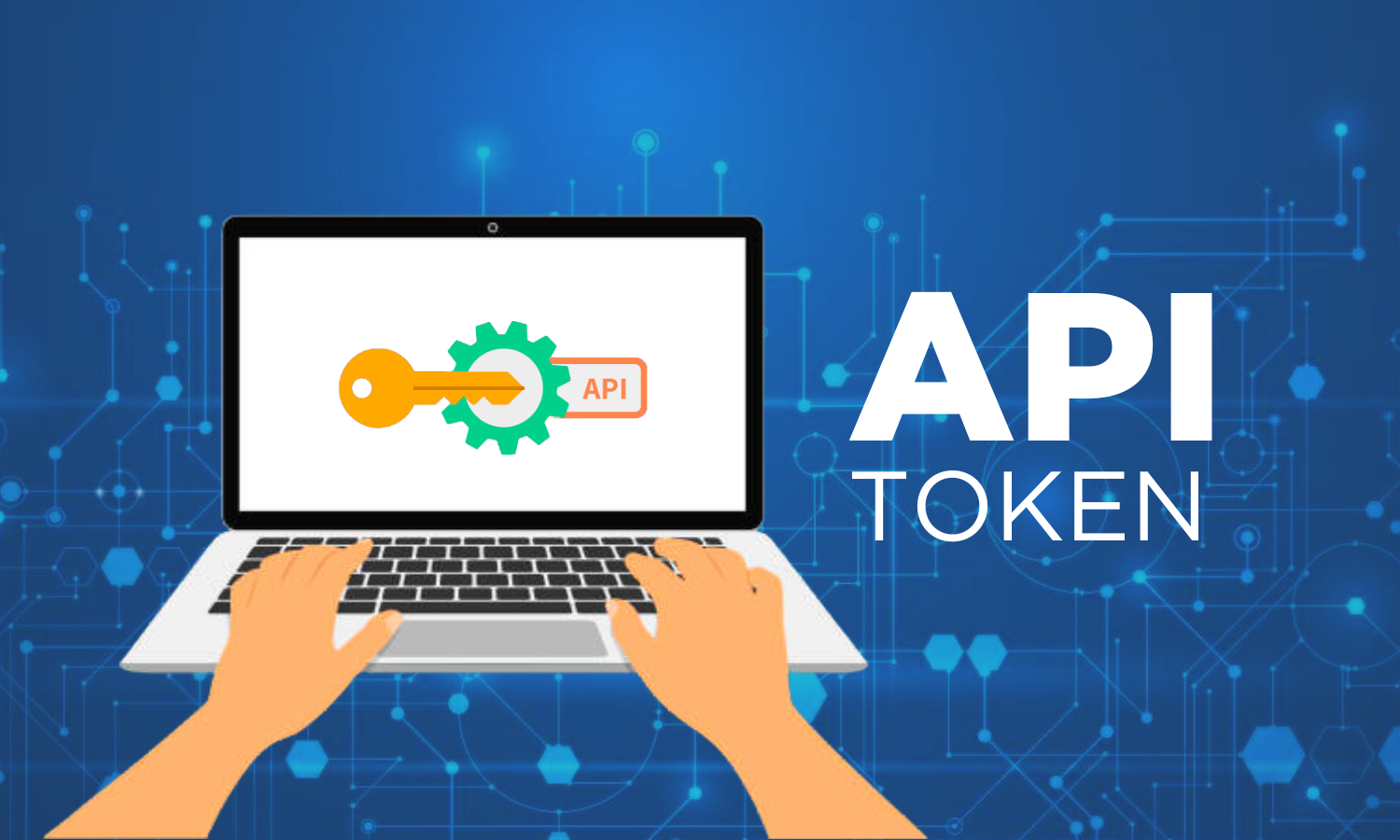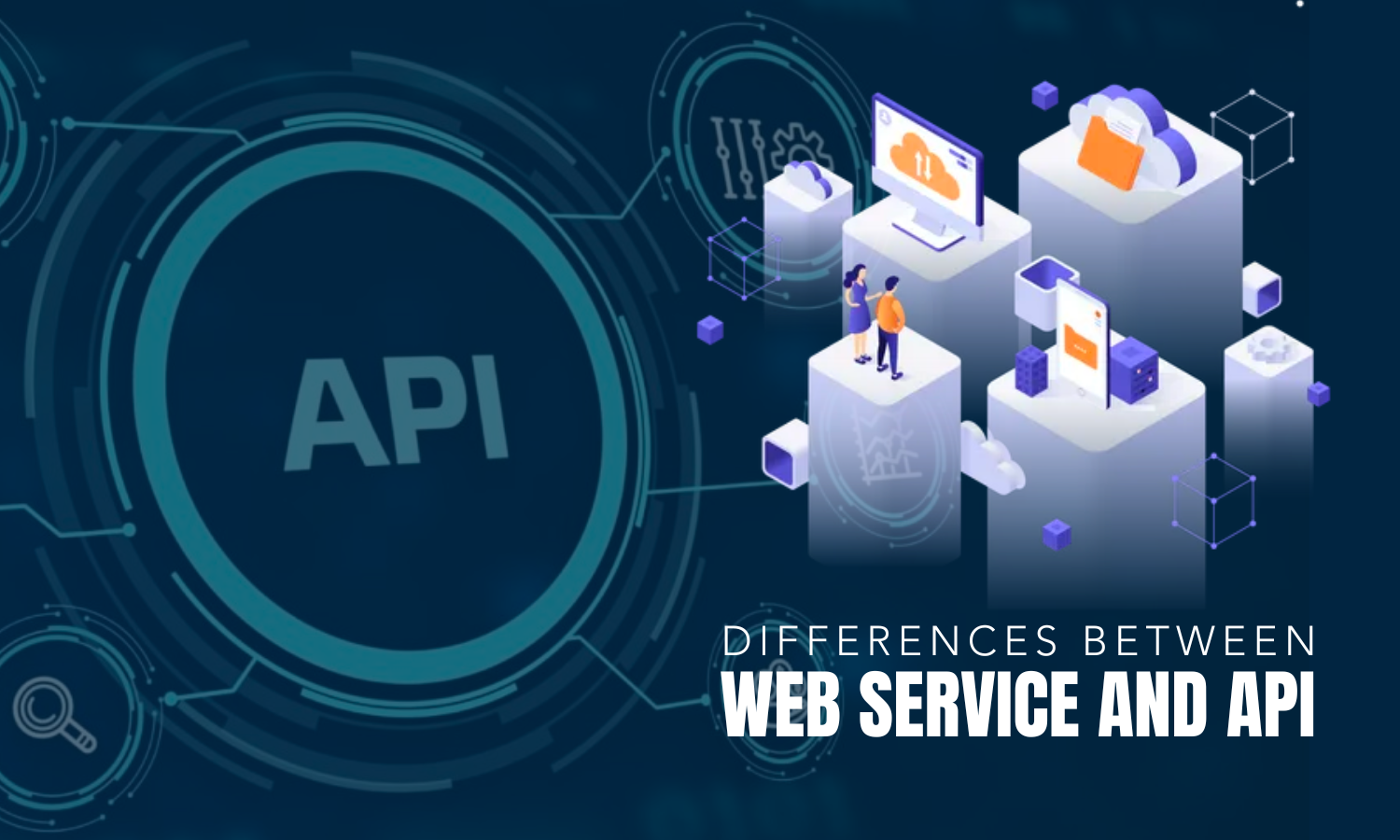

Updated · Feb 11, 2024
Updated · Jan 03, 2024
Muninder Adavelli is a core team member and Digital Growth Strategist at Techjury. With a strong bac... | See full bio
Florence is a dedicated wordsmith on a mission to make technology-related topics easy-to-understand.... | See full bio
Philip Portman is the Founder/CEO of Textdrip, a business texting platform for insurance, mortgage, ... | See full bio
Ever since the dawn of the Web websites have continued to evolve and increase in number. The same goes for their visitors. But how many of these websites actually manage to achieve their end goal?
For example – if you own an e-commerce site how many of your visitors actually buy something? We are about to find out.
That’s right folks; today I’ll show you some conversion rate (CR) stats to illustrate how this process works. And that’s not all – I’ll also give you some tips on how to improve your conversion rates and achieve your business goals. Let’s start with some stats to give you a taste of the data I’ve found. Afterward, we’ll delve deeper.
In short, it’s the percentage of site visitors that complete the desired action. This action varies from site to site. For example – sales, membership registrations, email subscriptions, downloads, and so on.
Let’s imagine you have a site. You want to get people to subscribe to the newsletter that you offer there. Out of 1000 visitors, 10 subscribe to your newsletter bulletin. Therefore your CVR is 1%.
Now that we’ve cleared that up let’s start with the most telling facts about conversions. Still, to achieve better conversion rates you should have quality leads first. To do that, you should try out using a lead generation tool to help you out.
So, what’s new in 2022 for conversion rates?
Take a look:
(Source: VWO)
So, if you’re interested in setting up an e-commerce store, you should strongly consider Arts and Crafts, according to conversion rate stats in 2022. Or, if this isn’t your thing, try electrical and commercial equipment or pet care. They both convert well at 2.70% and 2.51% respectively.
(Source: Grow Code)
If you’re looking for the best converting products to use in your online store, you should strongly consider food and drink or health and beauty products. Out of other categories, these two come out on top, with a mean of 3.58% and 3.08% conversion, or so recent conversion rate statistics tell us.
(Source: Smart Insights)
So, those either looking to set up an e-commerce store and get plenty of traffic, or to set up a new store from scratch, should rely on paid search to achieve the best possible conversion. Some great advice offered by conversion rate statistics in 2022.
(Source: WordStream)
According to sales conversion rates by industry, finance is the clear winner. Other industries include B2B (2.23%) legal (2.07%) and e-commerce (1.84%). The truth is that a conversion rate of 5.01% isn’t exactly great, considering the top 10% are in fact achieving up to five times more.
(Source: Grow Code)
Previously, this figure was cited at around 2%, representing a change of .63%. Remember that this figure is simply an estimate, and only includes the most popular industries. For more obscure niches, we would recommend doing your own research for a more accurate figure.
(Source: WebFX)
Just for comparison, the technology industry has the poorest conversion rate on Facebook, at only 2.31%. However, in reality, there isn’t such a thing as the ‘ideal social media conversion rate’. Instead of using ‘conversion rate’ it’s recommended to measure ROI (return on investment).
(Source: Invespcro)
This is basically the average percentage of visitors turning into customers. However, don’t be misled! Brands use different metrics depending on what goals they are trying to measure. E.g. the number of people who have filled in a contact form or added a product to a shopping cart.
(Source: OMNICORE)
Posts on Instagram that are user-generated achieve a 4.5% higher conversion rate. In simple terms, this means that content posted by everyday folk converts better than that posted from big brands. Considering the platform has over 1 billion users, it sure is a lucrative channel for driving sales.
(Source: VWO)
In a nutshell, this means that sites viewed on desktops convert better than ones viewed on mobile. Across both categories, we are witnessing a steady rise in conversion rate. In other words, it would be unwise to invest more in desktop than mobile, or vice versa. But ultimately, the desktop is where the conversions are at. This stat is somewhat surprising, considering that 63% of the online traffic in the US alone comes mobile.
(Source: Marketing Charts)
The desktop conversion rate is 4.14%, followed by tablets (3.4%) and then mobile phones (1.82%).
Why could this be?
Experts reckon it’s because browsing around on a desktop is simply easier.
(Source: Startup Bonsai)
This conversion rate stat shows that businesses are more concerned with increasing their online traffic than converting those visitors to customers.
However, increasing the amount spent on CRO would have more financial benefits to a business.
You need to read carefully these next paragraphs, especially if you want to pump up your conversion rates.
(Source: Growcode)
Across the Web, sources cite different numbers. But based on a wealth of CR research from the last five years across all industries, 2% is the average e-commerce CR.
It can vary greatly for different industries, though. Some convert more than others, which is perfectly reasonable. How many people have browsed yachts or expensive mansions? How many of us have actually bought one?
(Source: Wordstream)
If you wonder what a good conversion rate is, there you go. 11.45% is the number you should try to reach if you want to compete with the big dogs in your industry.
The top 25% convert at 5.31% or higher, so take it slowly until you reach your goal. In essence, the best CR for your website is any number that is more than you have now.
(Source: Optimizely)
I’ll dedicate some more time to this fact because it’s a great example of what CR means and what we can achieve with conversion rate optimization (CRO).
In 2007, when Obama’s team created his website, they tried several design options. The site was simple enough: media content and a signup button. They experimented with four buttons and six different pieces of promotional material (three images and three videos). That amounted to a total of 24 versions of the same page.
The campaign staff’s initial choice had a sign-up rate of 8.26%. They tested each version with roughly 13,000 visitors each. The results showed their initial choice wasn’t the best one. The winning variation had a sign-up rate of 11.6%, marking a 40.6% improvement.
This is one of the many CRO facts that illustrate how a minor change can lead to major results. Simply by changing a few elements of the page, 10 million people signed up. Without the change, the signups would have been 2.88 million less.
Each subscriber ended up donating an average of $21. At the end of the day, this simple tweak amounted to a difference of $60 million.
That’s how CRO works, ladies and gentlemen.
(Source: MECLABS)
If you want to increase your CR, your “hook” should be simple. Buttons like “Get your free report”, for example, work way better than “Signup to our newsletter bulletin and receive a free copy of our report”. CRO statistics can also give us another hint – the best calls to action are typically benefit-oriented – “Get something”, instead of “Do something to get something”.
(Source: Unbounce)
Video content is one of the “big guns” in online marketing. It can help customers not only to learn more about your business but also to engage their attention and increase their desire to buy.
Since we’re talking about conversion rate facts, it’s only fitting to mention the biggest player in e-commerce.
(Source: Feedvisor, Statista)
Businesses typically experience increased sales each year with Amazon’s Prime Day. In 2022, the event’s first day drove the most online sales in a 24-hour period since 2020. This year’s event was the biggest ever, with sales reaching $12 billion and over 300 million items sold.
CRO stats show that Home & Garden product sales rose by 30% compared to the previous year, while the Beauty & Health category saw a 27% increase.
(Source: CNBC, Digital Commerce 360)
Online sales for Thanksgiving Day in 2021 hit $5.1 billion. This extended through the November and December holiday period. According to average conversion rate stats, this amount reached $211.4 billion by the end of the holiday season.
(Source: Wordstream)
For every dollar spent you get $2.23 back. Not a bad deal. You should always try to improve everything in your site if you want to be successful. Stale equals fail in the digital world.
These stats are just amazing! And there’s a lot more where they came from!
Let's change the perspective a bit. To understand the end-user, you must become the end-user. Mystical, right? We've all been there, shopping online and not only.
Put your consumer hat on.
First off, I want you to imagine you want to buy a house.
Wait? What? How is buying a house related to CR?
It is. You’ll see.
You want to buy a house. Therefore you call a real-estate agent (search engine). You explain to the realtor what you want. Therefore you get a list of houses:
(Source: Neil Patel)
If the desire for purchase is already there, the game is almost won. Marketing statistics show less than a quarter of shoppers choose to leave a site without completing a purchase. Something drives them away.
You choose the house that you want and appoint a meeting with the realtor. Unfortunately, he’s late.
(Source: Convert)
If you don’t want to turn your visitors away even before they’ve seen your product, aim for under 3 seconds of page load.
Your realtor’s lateness leaves a bad taste in your mouth, but something within makes you wait a bit longer. So you wait for him and, finally, he shows up and takes you to the property. You are finally in front of the house you liked.
You have very little time to attract a user's attention. Here's how to make the most of it.
(Source: Paramount Digital)
If you don’t – your visitors are gone. I know what you are probably thinking – “Four seconds is way too few. I have so much to offer, users won’t be able to see it all in just four seconds.”
There are ways around this, but stats don’t lie.
Now that you know what the average conversion rate is, you need to step up your game to make sure your visitors convert.
You are in front of the house, and you have two options – you either enter, or you don’t. At first glance, you don’t like the house that much. It looked better in the pictures the realtor sent you.
(Source: Neil Patel)
Up to 90% of that assessment is based on color alone.
Let’s be honest – as humans, we are primitive creatures, despite all the technology at our disposal. Therefore, increasing conversion rates based on colors should be easy enough, right?
There’s one thing I can tell you for sure. Not many people like brown. Or orange.
Back to our house story.
You see the house, and you don’t even enter to look around. You don’t like the house at all – it’s obvious it’s not the right one for you. Therefore, you leave. You don’t convert to a buyer.
(Source: Kyleads)
If we want to look at this stat favorably – at least they have a lot of room for improvement.
They’ll have to create some excellent CRO strategies to unlock this potential.
(Source: Econsultancy)
Despite its importance as a cornerstone to success, only 28% of companies with at least a 6% improvement have a structured approach.
One of the critical elements of improving your CR is personalization. You need to understand your customers. Like Jeff Bezos said: “The most important single thing is to focus obsessively on the customer.”
(Source: Monetate)
Conversion rate stats also show a more significant percentage of companies with 1xROI. 19.1% of them consider CR as a primary goal metric for personalization.
When we buy something, we want the best for our money. That’s why personalization is essential to grab the users’ attention and make them think the product is made especially for them. That’s why we read reviews and compare prices of different products until we find the best fit.
(Source: Kyleads)
As you can see from the stat above, conversion occurs once your customers get to know your business. You can’t expect most people to convert on the “first date.”
When you buy a house, you see it more than once, right?
If you see your business doesn’t convert enough people to customers, what do you do?
You change the way you present the products (since you can’t change the products so easily).
But how do you know what’s best?
Experiment with different variations (like Obama’s staff) and see how people react to each one.
These tests are known as A/B testing, and stats show that:
(Source: CXL)
Between 2017 to 2019, more than 90% of businesses viewed their conversion optimization efforts as effective and even stated that they’ve experienced year-over-year improvement.
But by 2022, the pandemic had negatively affected over 50% of businesses and CROs.
(Source: Wordstream)
Conversion rate statistics for Facebook crown the fitness industry as the champion of online ads. Fitness ads’ CR is at 14.29%. Industries like employment and job training, education, healthcare, and real estate also score above 10%. Industrial services’ ads are at the other end of the spectrum, converting at just 0.71%.
OK, now, we already know a lot of interesting facts. CR is one of the most important metrics, used in marketing worldwide. In the next section, we’ll see how to increase our CR, starting with the place where the actual converting happens.
Ready?
This is a web page that allows you to capture a visitor’s information through a lead-capture form.
(Source: Kyleads)
Remember when I told you that 40% of marketers have 0.5% CR? Test, test, test, and then test some more. Testing is a crucial element of CRO. It points you in the direction of what works.
(Source: Hubspot)
CRO stats show you can improve your CR if you create enough content for users. You can create landing pages for everything your users get – emails, downloads, registration pages, etc. When you increase the number of landing pages, you give your visitors more possibilities to convert.
How do people reach these pages?
There is something called a call-to-action button (CTA). We all know them – the ones that want us to “Submit”, or to “Download”, or just “Go”.
So, here’s a free and straightforward landing page optimization technique:
(Source: Quicksprout)
There are several ways to invite your visitors to give you data. “Submit” is one of the most common CTA buttons, but guess what? It can decrease your CR by almost 3%. If you want to increase it (which you probably do) “Register” is better – 10% increase, “Download” – 15%, “Go” – 25%, and “Click here” – 30% increase in CR.
Thanks to the magic of statistics, I can give you another tip because conversion rate optimization stats tell us that:
(Source: Quicksprout)
The fewer fields you have in your contact forms, the more people you’ll convert. Forms with more than six fields register 15% CR. 20% for 3-5 fields, and the best option, if available, is to have only three fields – 25% CR.
Did you notice that so far we make small changes, but achieve great results? The devil is in the details, as the saying goes. This is one of those conversion rate truisms that can make or break your business.
Here’s another one:
(Source: BrillMark)
Yuppiechef is a South African kitchenware website. When it removed the navigation bar at the top of the page, it got twice as many conversions as before. The CR increased from 3 to 6%.
If there is a chance, try to limit the distractions for your potential customers. The internet is full of websites that provide the same service or product. You should use every trick to make net surfers choose your site.
To achieve even higher e-commerce conversion rates in 2021, experiment and make changes to see what works. I will give you an example right away:
(Source: Hubspot)
The “age” form drives people away. Forms with the word “age” convert at 15%, while pages without it do so at 18%.
The same goes for telephone numbers. Pages who suggest that the user would be called convert at 12%. Remove this and CR can easily jump to 17%.
The reason behind this stat is quite simple. Although users know they have to give some information about themselves, they try to protect their anonymity at the same time. No one likes to give all their personal information to someone. So stick to the basics, when possible, to increase your website’s conversion rate.
If you’ve read everything so far, I can tell you’ll want some more.
I’ve got you covered.
(Source: Yotpo)
User-generated content can take the form of reviews, photos, videos, or anything else you can create. See, people who research online stores already consider a potential purchase. Without the UGC, however, only 2.16% convert. If you have UGC, you are looking at a different picture – a 5.65% CR, which is a 161% increase.
If you want to increase the average online conversion rate, you should consider UGC. It’s practically a goldmine. And I have the numbers to prove it.
(Source: Statuslabs)
How about that, eh?
But wait, there’s more:
(Source: Status Labs)
Trust is fundamental in e-commerce. If you don’t have UGC, 15% of all potential customers don’t even reach the landing pages.
Statistics about conversion rate include one more factor – the FOMO. The Fear-of-missing-out on something.
(Source: Sleeknote)
There are millions of examples of FOMO campaigns, but I want to give you one of the juiciest.
BilligParfume.dk achieved a 61.3% CR just by creating a banner with 80% Black Friday deals, which popped out just before you tried to leave their site.
There are lots of FOMO techniques – like countdown timer for a deal, scarce availability of products, individual campaigns, and so on. More and more businesses use FOMO tactics every day.
And speaking of businesses, I also want to share with you a couple of lead generation strategies.
(Source: Startup Bonsai)
This fact just shows that the more landing pages you have, the more leads you generate. Companies with a liberal amount of landing pages generate 12 times more leads than companies with a single landing page.
The process of converting and to some extent cultivating business leads.
SMS has a 98% open rate compared to email marketing.
(Source: Content Marketing Institute)
66% of marketers focus on the nurturing of their leads.
(Source: Nurture)
Well, it kind of figures that social media for business will generate more leads, but still, the percentage is impressive!
Most businesses use Google Ads to promote themselves. Here’s what my observations from google search shows:
(Source: SearchEngineWatch)
If your CVR is around 2%, you know you have a lot of work ahead of you to reach the average levels. From there you will have to make further improvements to rank among the most successful ones.
Now that I mentioned search, did you know that:
(Source: Juniper Research)
Research has shown that voice search is growing in popularity at an exponential rate.
It’s estimated that by 2023, there will be over 8 billion digital voice assistants in use worldwide, and this number will probably reach 8.40 billion in 2024.
(Source: Forbes)
The same study shows headlines with numbers are two times more likely to generate clicks.
I bet you didn’t suspect that. Psychology is the main ingredient of CRO. Every little detail should be influencing your visitors to convert to customers.
Well, now we saw the most insightful data about conversion rate. Hopefully, you found these statistics helpful to see what CR is, and how important it is for every business.
If the business world is a maze, CRO helps your business navigate it successfully.
My advice to you is - experiment and try to improve…everything. Colors, headlines, CTAs – everything affects the user if not directly, then at least on a subconscious level.
If you are curious about other topics, you are most welcome to browse our blog. You’ll find great stuff, equally interesting to these conversion rate stats.
Your email address will not be published.
Updated · Feb 11, 2024
Updated · Feb 11, 2024
Updated · Feb 08, 2024
Updated · Feb 05, 2024



